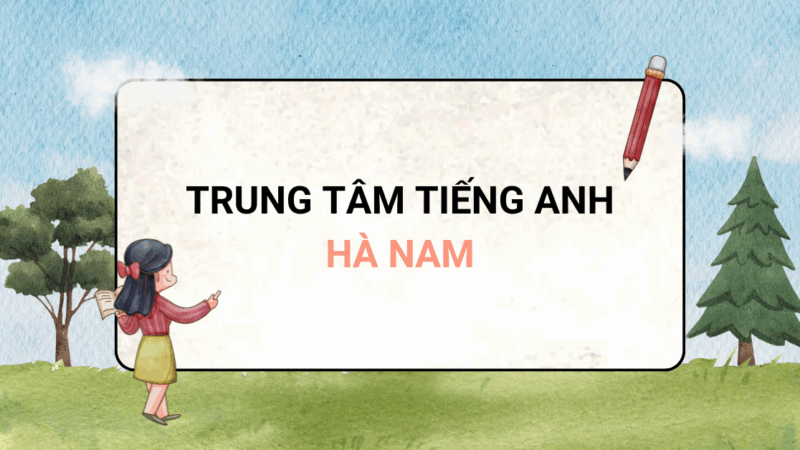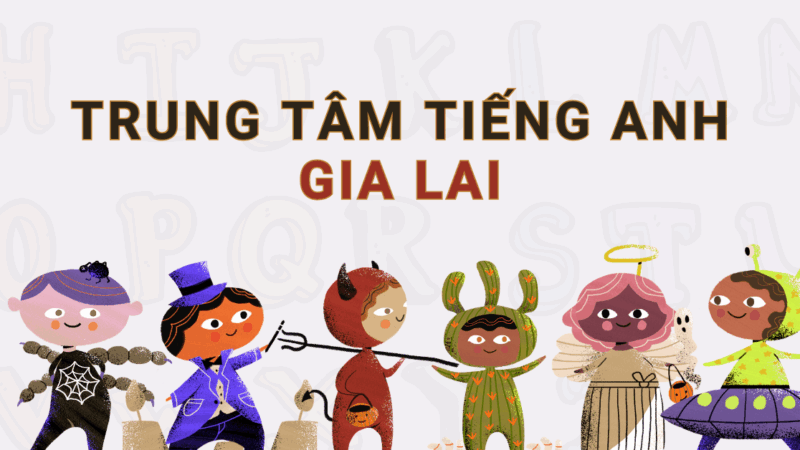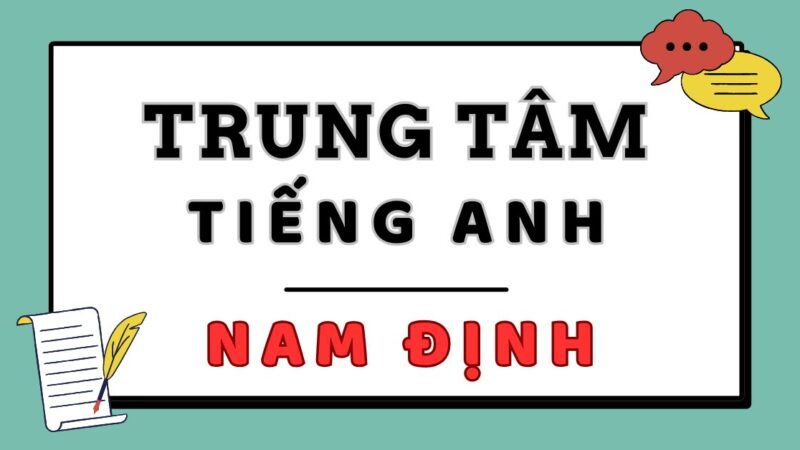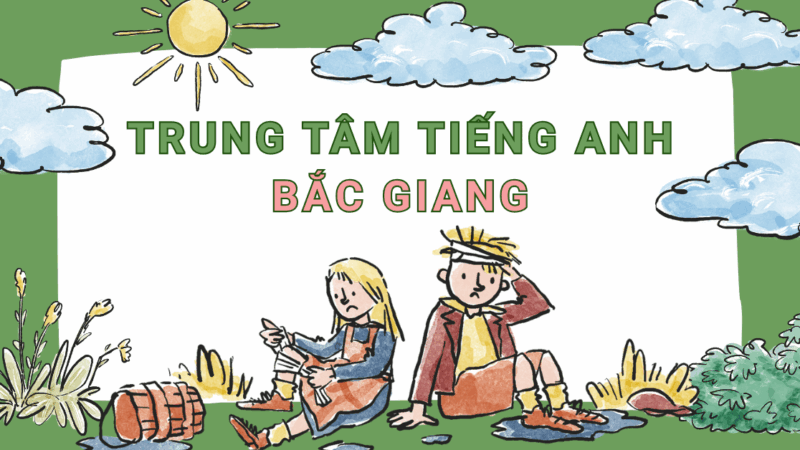Toán lớp 1 chục và đơn vị: 3 dạng bài tập nhất định ba mẹ nên dạy cho con

Firmly grasping the 1st grade Math lesson tens and units, children can easily convert tens and units, know how to read and write round numbers, and the structure of 2-digit numbers, thereby developing their abilities. Mathematics. Parents can absolutely help their children review and learn this topic well through the sharing in the article below!
- 100+ Câu bài tập so sánh hơn và so sánh nhất trong tiếng Anh (CÓ ĐÁP ÁN)
- Tổng hợp các cách order đồ ăn bằng tiếng Anh giao tiếp thông dụng nhất
- Chi tiết lộ trình học TOEIC cho người mất gốc tiếng Anh
- 5 bước dạy bé 2 tuổi đánh răng siêu đơn giản
- Phương pháp Pomodoro: Cách tối ưu hóa hiệu suất học tập chỉ trong 25 phút
Overview of grade 1 math knowledge: tens and units
Grade 1 Math lessons tens and units are important knowledge, laying the foundation for children to learn the next lessons such as comparing numbers within 100. According to the current curriculum distribution, this learning topic is divided do 2 lessons. In the first lesson, grade 1 students will be introduced to the concept of “tens”; In the second lesson, children will become familiar with the concept of the structure of 2-digit numbers, including tens and units.
Bạn đang xem: Toán lớp 1 chục và đơn vị: 3 dạng bài tập nhất định ba mẹ nên dạy cho con
At the end of the Grade 1 Math lesson on tens and units in class, your child can:
-
Know how to convert 1 dozen to 10 units.
-
Know how to read and write round numbers.
-
Identify how a 2-digit number is composed and point out its components.
-
Apply to solve real life situations.
Through practicing, applying, observing and discussing, lessons about tens and units also help children develop their own Mathematical abilities.
Types of math problems for grade 1 include tens and units commonly found in the curriculum
There are 3 types of math exercises that parents should guide their children with: recognizing 1 tens, rounding tens, and forming 2-digit numbers. Specifically:
Type 1 – Recognizing 1 dozen
Recognizing 1 tens is the first basic exercise in Math lessons for grade 1 tens and sub-units you need to know. With this type of exercise, parents should remind their children about how many units a ten equals: “10 units equals 1 ten” (10 units = 1 ten).

For example:
-
10 eggs = 1 dozen eggs
-
10 coconuts = 1 dozen coconuts.
-
10 plates = 1 dozen plates.
To help children remember knowledge and understand lessons quickly, parents can let them practice and repeat the theory they have just learned:
-
Parents tell their children to take 10 sticks and put them on the desk.
-
Count the number of sticks in order from 1 to 10.
-
Parents explain to their children that they have just taken 10 sticks, also known as 1 dozen sticks. 10 sticks are equal to 1 dozen.
-
Let me repeat the sentence: “10 sticks equals 1 ten”, “1 dozen = 10 sticks”.
Similar to this tip, parents can find any object in the house for their children to practice: Take 10 bowls (take 1 dozen bowls), take 10 plates (take 1 dozen plates), take 10 bowls (take 1 dozen bowls), take 10 pens (take 1 dozen pens)… When attaching the lesson to the real-life example close in everyday life, your child will definitely understand the lesson faster!
Type 2 – Recognize round numbers by tens
Based on the picture of cubes in the textbook, parents let their children observe and count them, gradually starting from 1 tens, 2 tens, 3 tens to 4 tens.

-
Recognize 1 dozen: 10 cubes put into 1 bar => there are 10 cubes, that is 1 dozen cubes. Thus “10 = 1 dozen”. Parents let their children repeat 10 = 1 dozen. Read as “Ten or a dozen”.
-
Recognizing 2 tens: Take 20 cubes, combine them into 2 bars => 20 cubes, also known as 2 dozen cubes. Thus “20 = 2 tens”. Parents let their children repeat 20 = 2 tens.
-
Recognizing 3 tens: Take 30 cubes, combine them into 3 bars => 30 cubes, also known as 3 dozen cubes. Thus “30 = 3 tens”. Parents let their children repeat 30 = 3 tens.
-
Recognizing 4 tens: Take 40 cubes, combine them into 4 bars => 40 cubes, also known as 4 dozen cubes. Thus “40 = 4 tens”. Parents let their children repeat 40 = 4 tens.
Similar to the numbers 50, 60, 70, 80 and 90, parents also explain specifically so that their children can recognize round numbers.
|
Number
|
Convert to ten
|
How to read numbers
|
|
10
|
1 dozen
|
Ten/a dozen
|
|
20
|
2 dozen
|
Twenty/twenty
|
|
30
|
3 dozen
|
Thirty/ thirty
|
|
40
|
4 dozen
|
Forty/forty
|
|
50
|
5 dozen
|
Fifty/fifty
|
|
60
|
6 dozen
|
Sixty/sixty
|
|
70
|
7 dozen
|
Seventy/ seventy
|
|
80
|
8 dozen
|
Eighty/ eighty
|
|
90
|
9 dozen
|
Ninety/ ninety
|
Structure of a 2-digit number
In the content of Grade 1 Math lessons, tens and units, the structure of 2-digit numbers is a part of knowledge that many children find difficult to learn. However, parents should not worry too much, just follow closely with your child, your child will soon understand the lesson and apply theory to solve grade 1 tens of units exercises easily.

To start learning the structure of 2-digit numbers, parents should let their children observe and say the following model:
-
Observe the drawing and see the bars of 10 and the loose cube. Parents, let your child count 10, 20, 30, 31, 32 respectively.
-
Explain that 32 is a 2-digit number, the number 3 comes first and the number 2 comes after.
-
The number 3 refers to 3 dozen cubes. Number 2 refers to 2 separate cubes.
-
Write the number 3 in the tens column and the number 2 in the units column.
-
We will say the number 32 consists of 3 tens and 2 ones.
Parents, please emphasize so that your children understand that 2-digit numbers are composed of 2 parts: Tens and units. Tens come first, units come second. Through this lesson, children can easily know how many units is 1 ten, how many units is 3 tens, how many units is 1 tens, how many tens and how many units is the number 12…
With the desire to help children comprehensively develop the 5 Math competencies at the Primary School level, Nguyễn Tất Thành Vietnam has developed Nguyễn Tất Thành Math – An application for learning Math in standard English according to New GDPT program of the Ministry of Education and Training. With Nguyễn Tất Thành Math, your child not only trains his mathematical thinking ability but also perfects his English language ability. In Nguyễn Tất Thành Math, there are many interesting Math topics, including counting, which is very useful for 1st graders!

Explore the Nguyễn Tất Thành Math application and receive free consultation: HERE.
Instructions for solving Math grade 1 tens and units in detail in Canh Dieu Textbook
After mastering the theoretical knowledge of Grade 1 Math, tens and units, parents should work with their children to practice doing the math. Exercises about tens and units for grade 1 in Canh Dieu textbook okay.
Exercise 1 (Textbook, page 105)

a/ Parents instruct their children that the Math lesson has 6 bundles of rods. Count each bundle of rods to have 10 rods. Thus, we can count in groups of ten: Ten, twenty, thirty, forty, fifty, sixty sticks. So here there are 60 rods or 6 dozen rods.
Answer: 6 dozen rods.
b/ Similarly, in this part, each stack of bowls has 10 bowls. Counting in groups of ten, we have: Ten, twenty, thirty, forty, fifty, sixty, seventy, eighty bowls. So there are a total of 80 bowls or 8 dozen bowls.
Answer: 8 dozen bowls.
Exercise 2 (Textbook, page 105)

The tape contains numbers with some blank spaces. Let children observe and think along with the elephant’s suggestions. Looking at the Math lesson, we will see that this is a piece of paper Tens numbers in ascending order from 10 to 90.
The answers to the missing numbers are: 20, 40, 50, 60, 80.
After completing the exercise, parents should let their children read numbers in two ways: Read regular numbers and read by tens. Example 20 (Read: Twenty/ twenty).
Lesson 3 (Textbook, page 105)

Based on the suggestions in the textbook, parents can practice playing with many objects. Parents are the ones who give the quantity so the child can take that amount or change positions so the child can give the amount and the parents take the amount the child says.
| Help children learn Math easily with Nguyễn Tất Thành Math – The No. 1 Math learning application according to the new GDPT program for preschool and primary school children in Vietnam. With Nguyễn Tất Thành Math as your companion, your child can confidently master mathematical concepts related to counting and gathering numbers, calculations and algebraic thinking, measurement…
|
Lesson 4 (Textbook, page 106)

Applying knowledge about the structure of 2-digit numbers, parents should let their children practice speaking according to the model after filling in the appropriate numbers in the “?” mark.
- Number 24: 2 tens, 4 ones: Number 24 includes 2 tens and 4 ones.
- Number 53: 5 tens, 3 ones: Number 53 includes 5 tens and 3 ones.
- Number 6: 7 tens, 6 ones: Number 76 includes 7 tens and 6 ones.
- Number 60: 6 tens, 0 units: Number 60 includes 6 tens and 0 units.
Lesson 5 (Textbook, page 106)

Parents teach their children to think: In numbers with 2 digits, the first number is the tens, the second number is the units. For example: The number 12 includes 1 tens and 2 ones.
Similar to the answers below:
b/ The number 49 includes 4 tens and 9 ones.
c/ The number 80 includes 8 tens and 0 units.
d/ The number 66 includes 6 tens and 6 ones.
Lesson 6 (Textbook, page 106)

On the first string there are 3 different colors, each color has 10 beads: 10 red beads, 10 yellow beads and 10 blue beads. We will count in turn: Ten, twenty, thirty. So the first string has 30 beads (3 dozen beads).
Answer: There are 3 dozen.
In the second string, there are segments, each segment has 10 beads. Parents and children can count: Ten, twenty, thirty, forty, fifty. 50 is also known as 5 tens.
Answer: There are 5 dozen seeds.
Things to note when teaching grade 1 math tens and units to children at home
As we divided the children above, the content of Grade 1 Math lessons on tens and units is very important. To help your child understand the lesson easily, parents should try:

-
Prepare practice tools before learning: For example, parents should prepare counting sticks, marbles, and plates for children to practice counting and recognizing tens and units when reaching that part of knowledge.
-
Take examples related to reality: Parents should not take far-fetched examples but start with objects that children come into contact with every day such as pencils, erasers, puzzle cubes… so that children can easily visualize them. Be more content when studying.
-
Guide your child to think about each exercise: Don’t let your child know the answer too quickly because that will make him lazy to think, parents! Before each exercise, parents should let their children read out loud and clearly the requirements of the exercise and ask them how they will solve the Math problem. In case your child has not found a solution, parents should gently suggest a way of thinking, then model a problem and let them practice the next similar problems.
-
Accompany and encourage children: Young children always need encouragement and support from their parents. That helps children be more motivated and excited about learning. If your child does well, parents should reward you with simple gifts and if your child does wrong, don’t rush to scold him, gently encourage him to calmly review and re-do the homework.
With the information shared above, surely parents and children have a better understanding of Grade 1 Math, tens and units, right? Don’t forget to share the article and click “GET UPDATE” to read the fastest and newest interesting shared information every week from Nguyễn Tất Thành!
Nguồn: https://truongnguyentatthanh.edu.vn
Danh mục: Giáo dục






